Senior Living: How to Find Affordable Rental Housing in the USA
Finding affordable housing as a senior can be challenging, especially on a fixed income. This article explores the options for low-cost house rentals for seniors in the USA, providing a comprehensive analysis including price comparisons, key features, and an affordability score.
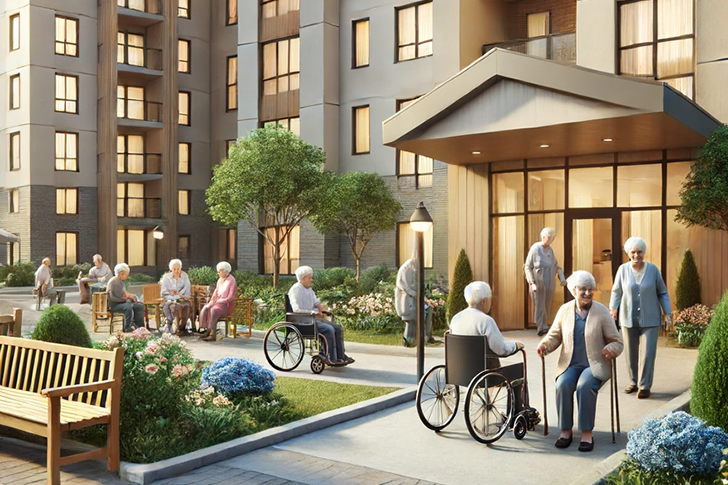
Key Factors to Consider
- Location: Proximity to healthcare, family, and essential services.
- Amenities: Accessibility features, community activities, and safety.
- Lease Terms: Flexibility in lease agreements to accommodate changing needs.
- Support Services: Availability of on-site support and maintenance services.
Affordable House Rental Options
1. HUD Subsidized Housing
Price Range: $500 – $800 per month Features:
- Rent is based on income (typically 30% of adjusted gross income).
- Includes utilities.
- Access to community rooms and social activities.
- On-site management and maintenance.
2. Low-Income Housing Tax Credit (LIHTC) Apartments
Price Range: $600 – $900 per month Features:
- Under-market rent.
- Modern amenities and accessibility features.
- Community engagement programs.
- Quality construction and well-maintained properties.
3. Senior Apartments
Price Range: $700 – $1,000 per month Features:
- Age-restricted (55+ or 62+).
- Designed with seniors in mind (grab bars, step-free showers).
- Social and recreational activities.
- Convenient locations near shops and healthcare facilities.
4. Public Housing
Price Range: $400 – $700 per month Features:
- Government-managed.
- Rent based on income.
- Basic amenities included.
- Secure and safe living environments.
5. Section 202 Supportive Housing for the Elderly
Price Range: $450 – $750 per month Features:
- Designed specifically for seniors.
- Includes supportive services (counseling, meal programs).
- Safe and accessible units.
- Community-oriented living.
6. Co-Housing Communities
Price Range: $600 – $950 per month Features:
- Shared living spaces with private rooms.
- Strong sense of community.
- Shared costs for utilities and services.
- Cooperative living model.
7. Affordable Private Rentals
Price Range: $800 – $1,200 per month Features:
- Market-rate rentals that offer discounts to seniors.
- Flexible lease terms.
- Varied amenities based on location and price.
- Often located in senior-friendly neighborhoods.
8. Non-Profit Housing
Price Range: $550 – $900 per month Features:
- Managed by non-profit organizations.
- Mission-driven focus on affordability.
- Quality living conditions.
- Community support services.
9. Mobile Home Communities
Price Range: $400 – $800 per month Features:
- Affordable lot rents.
- Sense of independence with own home.
- Community amenities (clubhouse, pool).
- Low maintenance living.
10. Shared Housing Programs
Price Range: $300 – $600 per month Features:
- Seniors share a home with others.
- Reduced costs through shared utilities and rent.
- Social interaction and companionship.
- Often includes meals and housekeeping.
Price Comparison Table with Affordability Score
| Housing Option | Price Range | Key Features | Affordability Score |
|---|---|---|---|
| HUD Subsidized Housing | $500 – $800 | Income-based rent, utilities included, community rooms, on-site management | 9 |
| LIHTC Apartments | $600 – $900 | Under-market rent, modern amenities, community programs | 8 |
| Senior Apartments | $700 – $1,000 | Age-restricted, accessibility features, social activities | 7 |
| Public Housing | $400 – $700 | Income-based rent, basic amenities, secure environment | 9 |
| Section 202 Supportive Housing | $450 – $750 | Designed for seniors, supportive services, accessible units | 8 |
| Co-Housing Communities | $600 – $950 | Shared living spaces, community-oriented, cooperative model | 7 |
| Affordable Private Rentals | $800 – $1,200 | Discounts to seniors, flexible lease terms, varied amenities | 6 |
| Non-Profit Housing | $550 – $900 | Mission-driven, quality living, community support | 8 |
| Mobile Home Communities | $400 – $800 | Affordable lot rents, community amenities, low maintenance | 9 |
| Shared Housing Programs | $300 – $600 | Shared rent and utilities, social interaction, meals and housekeeping | 10 |
FAQs
Q: What qualifies as low-cost housing for seniors? A: Low-cost housing for seniors typically includes government-subsidized housing, income-based rent options, and affordable private rentals that cater specifically to the needs of seniors.
Q: Are there programs to help seniors find affordable housing? A: Yes, programs like HUD, Section 202, and various non-profit organizations provide resources and support to help seniors find affordable housing.
Q: What are the benefits of senior-specific housing? A: Senior-specific housing offers tailored amenities, accessibility features, and social activities that enhance the quality of life for older adults.
Q: How can seniors apply for low-cost housing? A: Seniors can apply through local housing authorities, non-profit organizations, or directly with the housing provider. It’s important to have documentation of income and any relevant medical or social needs.
Q: Are utilities included in low-cost housing options? A: Many low-cost housing options include utilities in the rent, but it varies by provider. It’s important to confirm this detail before signing a lease.
Conclusion
Affordable housing options for seniors in the USA are varied and plentiful, each offering unique benefits and features. Whether through government programs, non-profit organizations, or private rentals, seniors can find a living arrangement that suits their needs and budget. By considering key factors such as location, amenities, and support services, seniors can make informed decisions to secure comfortable and affordable housing.
References
- https://www.forbes.com/health/senior-living/affordable-housing-for-seniors/
- https://money.usnews.com/money/retirement/baby-boomers/slideshows/affordable-places-to-rent-an-apartment-in-retirement
- https://keymgmt.com/property/centennial-towers/

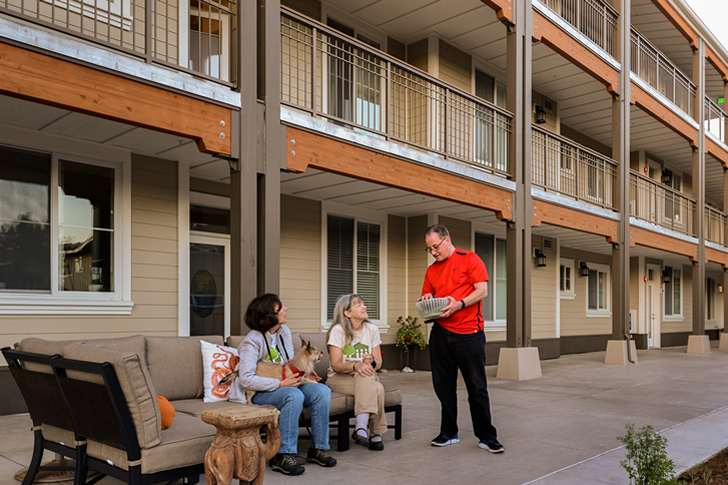
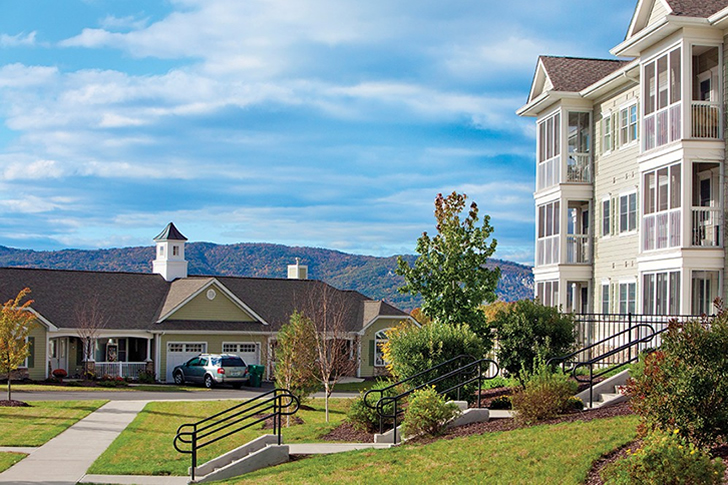

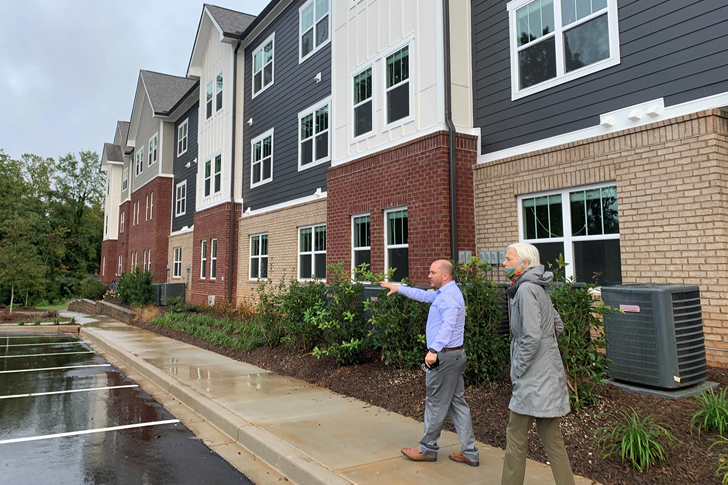
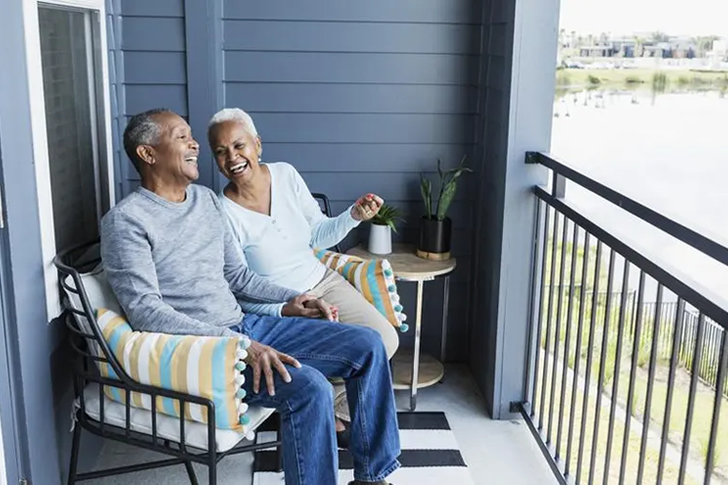







Recent Comments